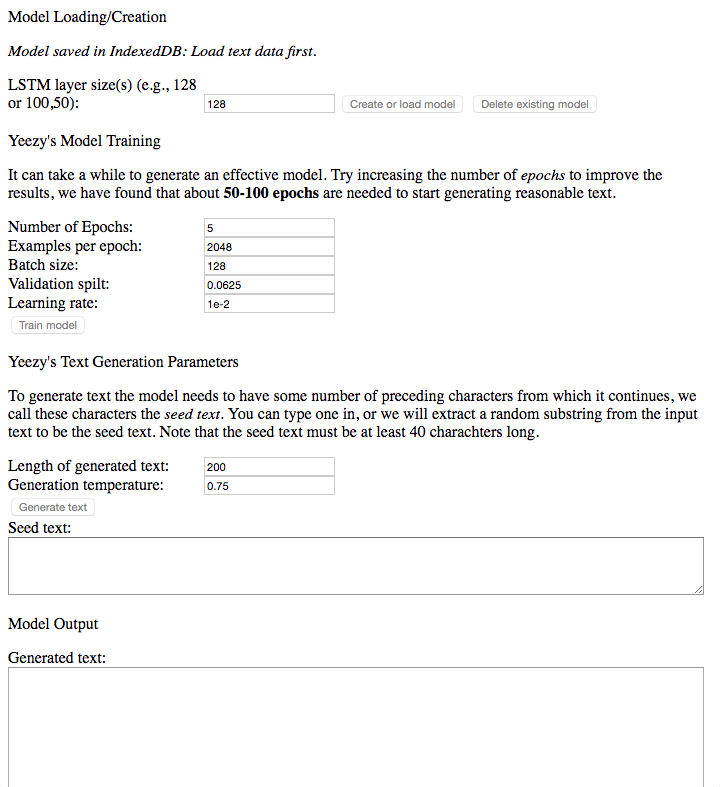Grid Long Short-Term Memory
This paper introduces Grid Long Short-Term Memory, a network of LSTM cells arranged in a multidimensional grid that can be applied to vectors, sequences or higher dimensional data such as images. The network differs from existing deep LSTM architectures in that the cells are connected between network layers as well as along the spatiotemporal dimensions of the data. The network provides a unified way of using LSTM for both deep and sequential computation. We apply the model to algorithmic tasks such as 15-digit integer addition and sequence memorization, where it is able to significantly outperform the standard LSTM. We then give results for two empirical tasks. We find that 2D Grid LSTM achieves 1.47 bits per character on the Wikipedia character prediction benchmark, which is state-of-the-art among neural approaches. In addition, we use the Grid LSTM to define a novel two-dimensional translation model, the Reencoder, and show that it outperforms a phrase-based reference system on a Chinese-to-English translation task.
PDF Abstract


 MNIST
MNIST